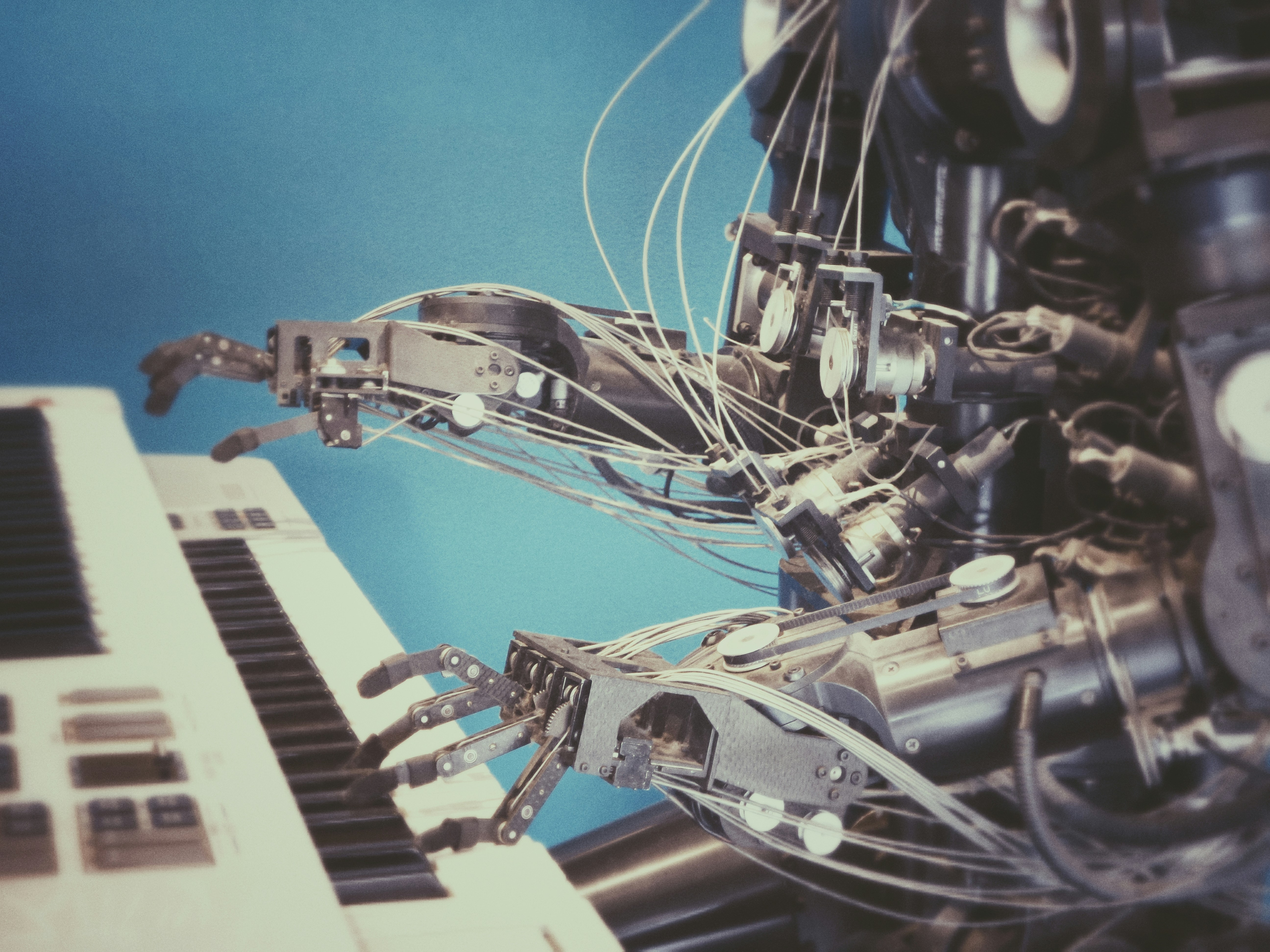The rise of AI code assistants
Jul 8, 2025
The Rise of AI Code Assistants: How They're Reshaping Software Development in 2025
AI code assistants have gone from experimental tools to must-have helpers for developers. By 2025, 75% of enterprise engineers are expected to use them every day, thanks to pressure for faster delivery, cleaner code, and less developer burnout. These tools—powered by advanced AI models like GPT-4o and Claude—now handle everything from writing basic code to checking for security issues, completely changing how developers work.
Why AI Code Assistants Are Everywhere in 2025
Speed Meets Quality
Tools like GitHub Copilot and Tabnine cut coding time by 30–40% by handling repetitive tasks (like test cases and documentation) while making sure code follows best practices.
Example: ANZ Bank's trial with Copilot showed faster sprint cycles and fewer syntax errors.
Working with Multiple Languages Made Easy
AI helps bridge language gaps. A JavaScript developer can now write Python with smart suggestions, making it easier to learn new frameworks.
The "Vibe Coding" Trend
A controversial but growing approach where developers rely on AI for real-time feedback, mixing natural language requests with code generation (like "Write a React form with validation").
Security and Compliance
Enterprise tools like Amazon CodeWhisperer scan for vulnerabilities in cloud code, addressing worries about AI-generated security problems.
Cost Efficiency
Free tiers (like Copilot's basic plan) and $10–$40/month pro tools pay for themselves through productivity gains, especially for startups.
Top 5 AI Code Assistants in 2025
Tool | Best For | Key Feature | Pricing |
|---|---|---|---|
GitHub Copilot | General coding | Real-time autocomplete, test generation | $10–$39/user/month |
Cursor | AI-native workflows | Inline AI chat, refactoring | $20/month (Pro) |
Tabnine | Privacy-focused teams | On-premise deployment, multi-IDE support | $9–$39/user/month |
Amazon Q | AWS/cloud development | Security scanning, AWS optimizations | $19/user/month |
Parasoft Selenic | Test automation | Self-healing Selenium scripts | $99+/month |
Challenges and the Road Ahead
Code Ownership: Legal gray areas remain when AI generates 60%+ of a codebase.
Skill Gaps: Junior developers risk becoming too dependent on AI, potentially hurting their foundational skills.
Bias in Training Data: Models trained on public repositories may inherit outdated or insecure patterns.
The Bottom Line: AI code assistants aren't replacing developers—they're freeing them to focus on architecture and innovation. As tools like Claude 4 and Gemini Pro 2.5 improve, the future depends on human-AI collaboration, not competition.







